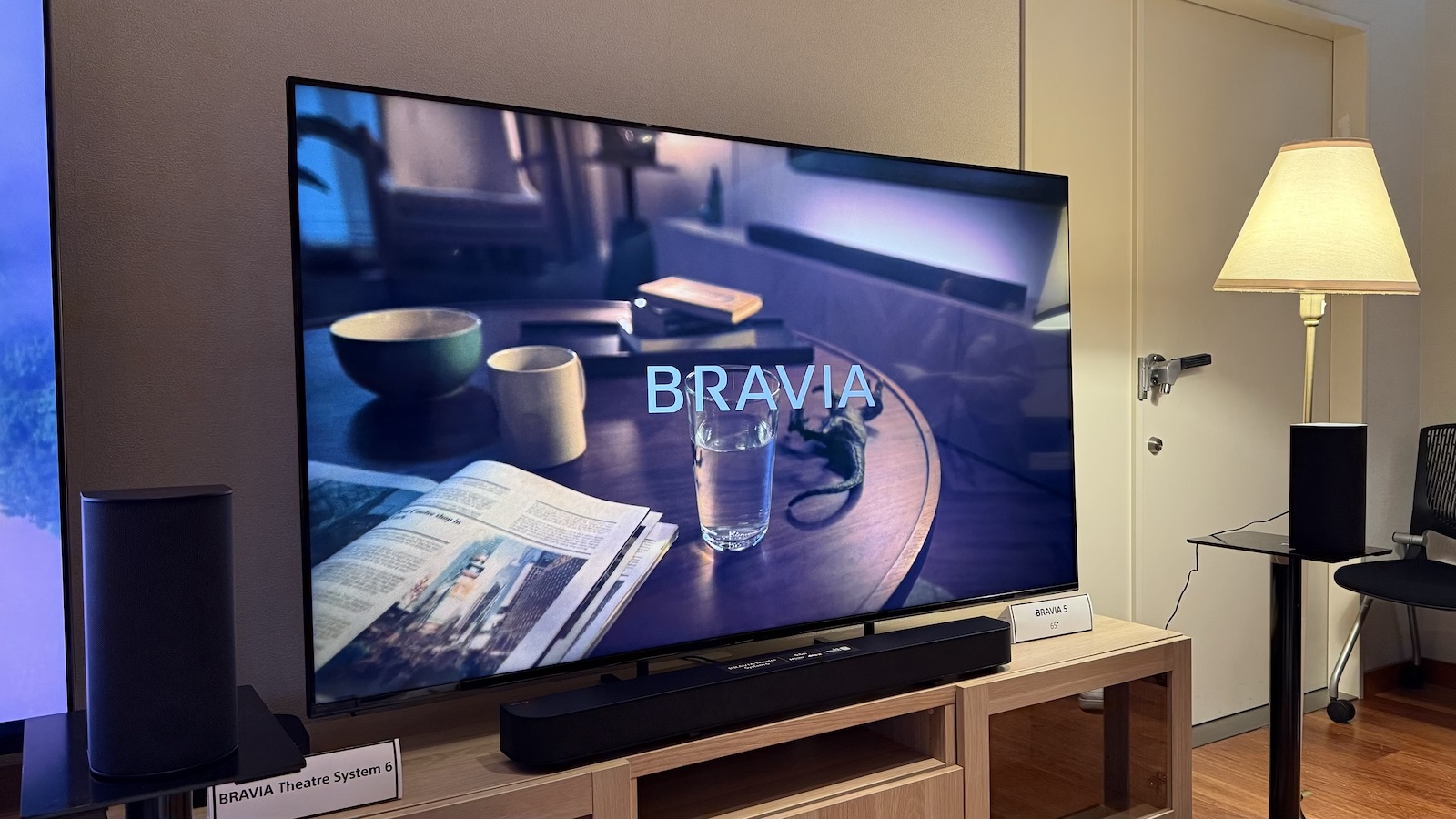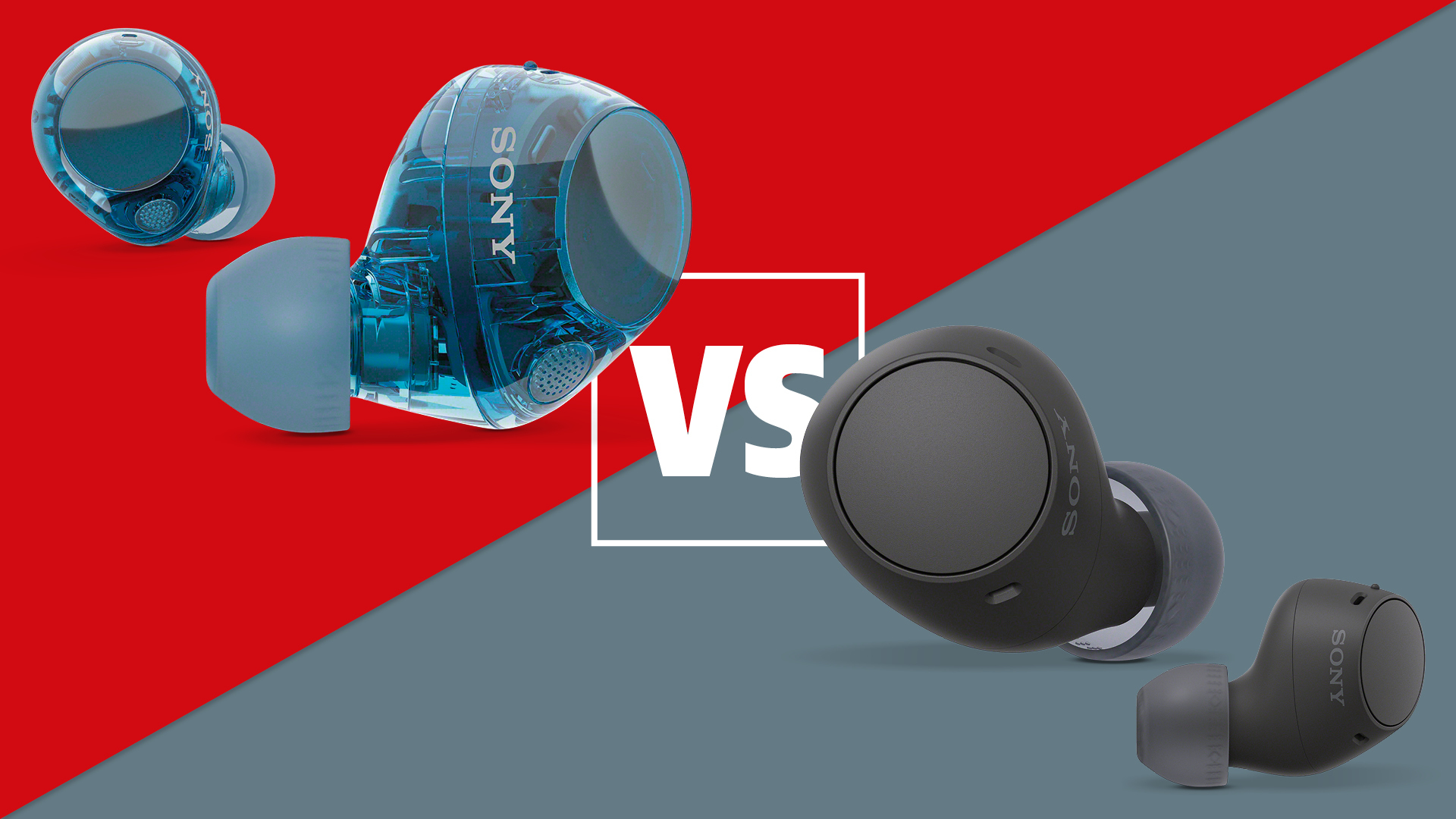Early Verdict
The Bravia 5 looks like a big upgrade on the X90L it is replacing, largely thanks to the switch to Mini LED backlighting. It could be a serious contender in the mid-range market, but a lot will depend on how much it costs – and how it performs when we get our hands on it for a full review.
Pros
- +
Brighter and more contrasty than the outgoing X90L
- +
Impressive colour vibrancy
Cons
- -
Could be up against OLEDs if the price isn't right
- -
Still just two HDMI 2.1 sockets
Why you can trust What Hi-Fi?
Unlike rivals such as LG and Samsung, Sony no longer replaces its entire TV range each year. Instead, it focuses on a relatively small selection of new models at a time.
Last year, it reintroduced its Bravia branding with the Bravia 9, Bravia 8, Bravia 7 and (for the US at least) Bravia 3. This year, we have the Bravia 8 II, which is a somewhat confusingly named replacement for the awesome A95L QD-OLED, and the Bravia 5, which is the replacement for 2023’s impressive, mid-range X90L.
The big news here is that, unlike the X90L, the Bravia 5 has a Mini LED backlight. And, as we know from the Bravia 9, Sony is now really rather good at Mini LED backlights.
We’re of course not expecting a Bravia 9-level performance here, but Sony is promising big improvements to brightness and local dimming.
While we will of course have to wait until we can get a Bravia 5 sample into our own test rooms for an independent, comparative review before we pass final judgment, having seen it in action at Sony’s Tokyo HQ, I think it looks very promising indeed.
Recent updates
15th April
Added confirmed US pricing
Price
When we first published this piece, Sony hadn't given us any pricing info. We do now, though, have the Bravia 5 launch pricing for the UK and US.
It's good news for the UK, where the Bravia 5 is cheaper than the X90L was at launch.
But it's bad news for the US, where the 55-, 65- and 75-inch versions of the Bravia 5 are significantly more expensive than the equivalent X90L versions were at launch.
Prices have gone down for the 85- and 98-inch models, but that will be of benefit to only a handful of buyers.
Here's the full Bravia 5 vs X90L launch price comparison:
Screen size (inches) | Sony Bravia 5 | Sony X90L |
|---|---|---|
55 | £1499 / $1700 | £1599 / $1300 |
65 | £1799 / $1800 | £1899 / $1600 |
75 | £2199 / $2400 | £2699 / $2200 |
85 | £2799 / $3000 | £3499 / $3300 |
98 | £6999 / $6500 | £8999 / $10,000 |
The comparison with the X90L is one thing, but I fear that the Bravia 5 has a bigger problem in the shape of the Bravia 8 OLED.
The Award-winning Bravia 8 is continuing in the range for 2025 and, thanks to a year's worth of discounts, the 55- and 65-inch versions are now available for less than or roughly the same as the equivalent Bravia 5 versions will be at launch.
At the time of writing, the 55-inch Bravia 8 is available for just £1399 / $1400, the 65-inch model for £1899 / $1700, and the 77 incher for £2699 / $2500.
While it's not impossible that the Bravia 5 could be better than the Bravia 8, experience tells us that the OLED model will almost certainly be the better buy for most people.
Of course, the Bravia 5 itself will almost certainly drop in price over time, so before long there will likely be a bit of a gap between the two TVs.
In the meantime, the latest and lowest prices for the Bravia 8 OLED are below:
Design
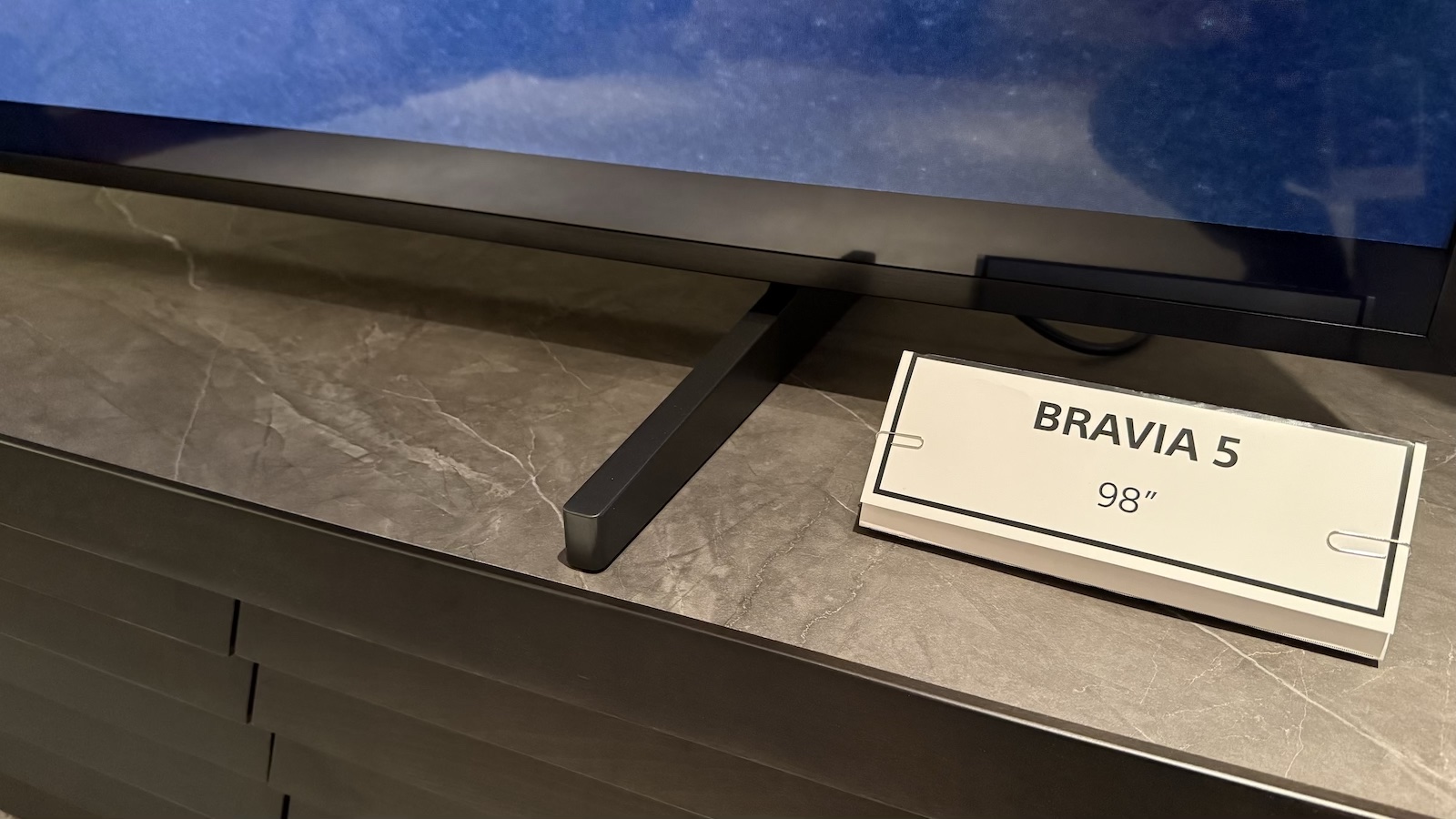
The Bravia 5 is a fairly smart-looking TV for its category. It’s not super-slim (I don’t yet have the full dimensions), but it does have pleasingly thin, pure-black bezels around the display.
Unlike the Bravia 8 II, which has feet that can be positioned only at the extremes of the TV’s bottom edge, the Bravia 5 has thin, flat feet (the exception is the 98-inch model, pictured above, which has chunkier feet) that slot into the chassis fairly centrally. That gives the TV a much smaller footprint, which will be very useful to those who have a TV rack that is narrower than the set itself.
The feet can be installed so that there is no gap to the bottom of the TV, or so that there’s a gap of a few centimetres – useful if you want to add a soundbar and don’t want it blocking the bottom of the display.
Features
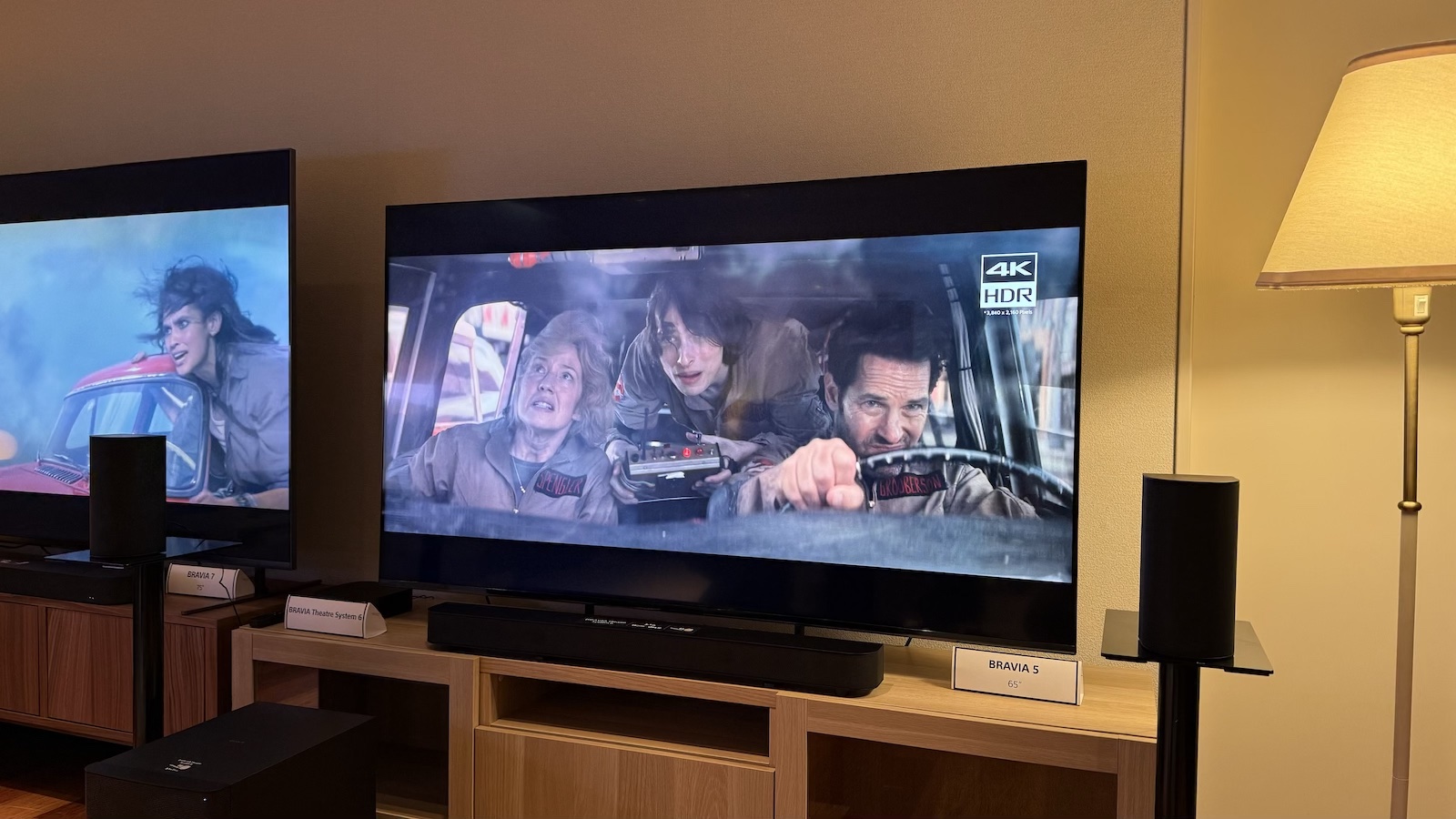
As already mentioned, the big upgrade here is that the XR Backlight Master Drive technology has trickled down from higher up the range to this level for the first time.
Sony has confirmed, as should be expected, that the Bravia 5 won’t go as bright and doesn’t have as many dimming zones as the Bravia 7 (which is itself, of course, a downgrade on the flagship Bravia 9 in both regards); but it also claims that the set has up to six times as many dimming zones as the X90L it replaces. Why ‘up to’? Because the number varies depending on the size of the TVs in question.
In Sony’s own words, this new backlight, in concert with the XR Processor, provides ‘precise local dimming for stunning contrast, beautifully capturing light and shadow with detailed gradation, from subtle facial shading to bold highlights.’
The brand also highlights the Bravia 5’s suitability for bright rooms.
As you would expect in 2025, the XR Processor features AI technology, most notably in its AI Scene Recognition feature, which Sony says ‘detects and analyses data with flawless accuracy, then optimises the picture for ultimate realism.’
Sony talks a lot about its presence in all parts of the movie business (it produces the cameras used to shoot many films and mastering monitors used in post-production, for example) and its dedication to recreating content as intended on its TVs.
Key to that latter point is its so-called ‘Studio Calibrated Modes’, which are developed in conjunction with specific streaming services. The Bravia 5 supports all three of these: Netflix Adaptive Calibrated Mode, Prime Video Calibrated Mode and Sony Picture Core Calibrated Mode.
It also carries IMAX Enhanced certification, so can correctly play the IMAX Enhanced content that is now available from Sony Picture Core and Disney+.
In terms of HDR formats, HLG, HDR10 and Dolby Vision are supported, but HDR10+ predictably is not.
On the gaming front, the Bravia 5 supports 4K/120Hz, VRR and ALLM, but only via two of its HDMI sockets. One of those also doubles as the eARC port, so it will be taken up by your sound system, should you choose to add one.
In such a case, you will have just one HDMI input left that can handle a current-gen PlayStation, Xbox or gaming PC without compromise. That was a pretty mad situation to be in a couple of years ago, let alone now.
Sony’s ‘Perfect for PlayStation 5’ feature is present on the Bravia 5, so when a PS5 is connected, fairly accurate HDR settings should automatically be applied – though experience with this suggests that a little bit of manual tweaking will probably still be required to get things spot-on.
Picture
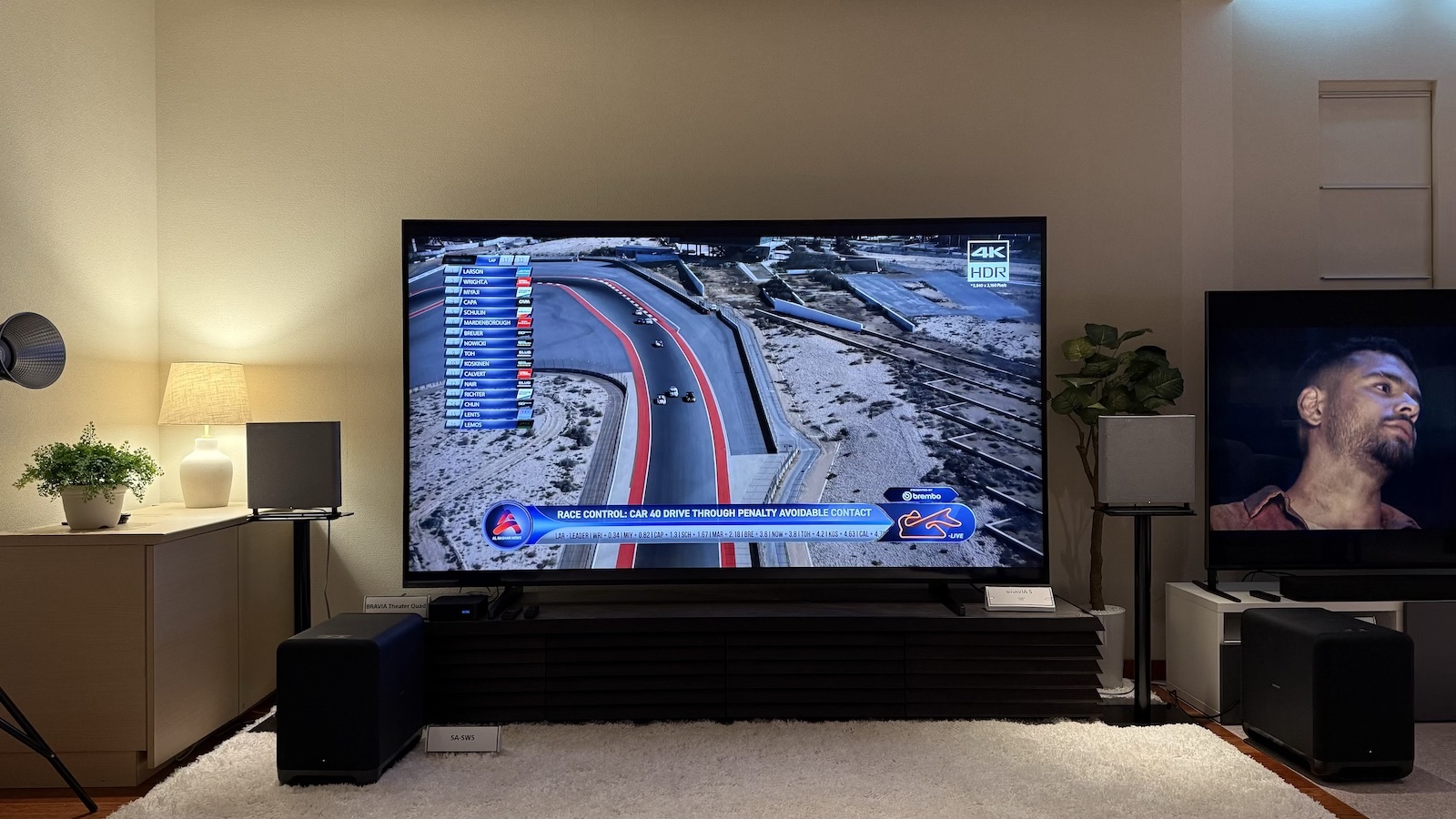
For the demo session at Sony’s Tokyo HQ, the company’s engineers had lined up the new Bravia 5 against its X90L predecessor and last year’s Samsung QN85D, which is clearly considered a key rival.
The two Sony TVs were in their Vivid mode and the Samsung in its equivalent Dynamic mode, with the aim being to show the extremes of the TVs’ abilities.
With all of the content shown, which was mostly HDR demo footage, the Bravia 5 looked superb. The increase in brightness and colour vibrancy over both of the reference sets was pretty massive, particularly in the case of the Samsung QN85D, which looked comparatively dull and washed out.
In scenery shots, the Bravia 5 revealed much finer detail in some distant trees, which also boasted a naturally verdant hue.
Sony then demonstrated the TVs with their backlights exposed (so the LCD layer that adds the colours was removed), and it was clear to see the XR Backlight Master Drive technology in action, with the Bravia 5’s backlight producing more accurate shapes and varying intensities of light. This is key to accurate contrast and the control of backlighting flaws such as blooming.
Our final demonstration was all about upscaling, with a rough old clip from Friends played on the X90L and Bravia 5. I was genuinely taken aback by how clean and smooth the image looked from the Bravia 5, with the X90L looking very noisy and jagged in comparison.
The image was far too soft from the Bravia 5 to be mistaken for genuine 4K, but it was much more watchable than it was from the X90L.
As ever, we can’t pass final judgment from a hands-on event and will wait until we have independently tested the Bravia 5 in our own test rooms against newer rivals before dishing out a star rating. But it’s fair to say that it so far looks like a big improvement on the X90L, which is itself an excellent performer in its price category.
Sound
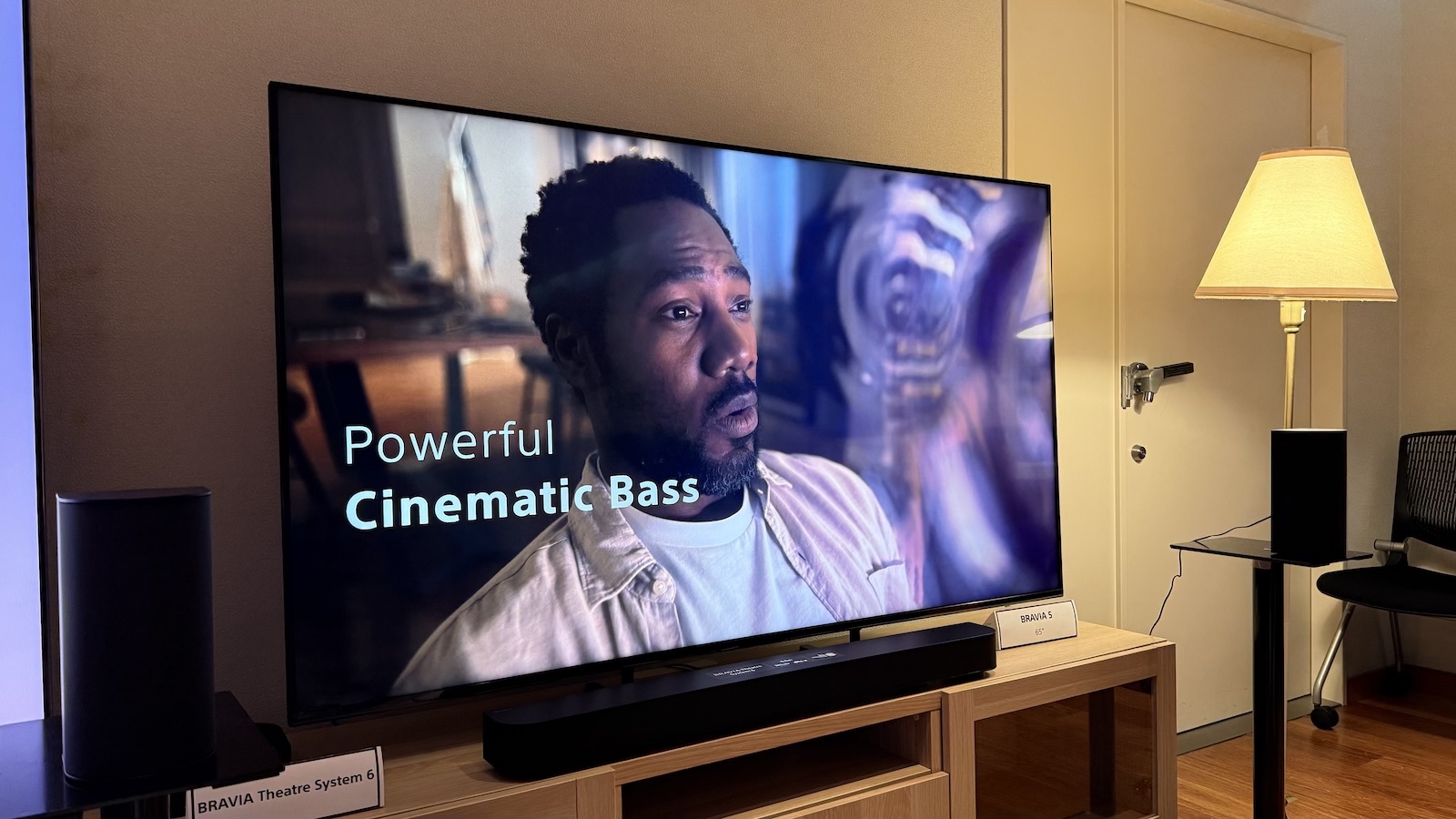
I didn’t get to hear the Bravia 5 during my visit to Sony’s Tokyo HQ and, in fact, I don’t know too much about its sound capabilities at this point.
I do know that it features Sony’s Acoustic Multi-Audio setup and includes drivers built into the left and right sides of the chassis. This is an attempt to recreate the ‘sound from screen’ effect provided by the brand’s OLEDs, which feature actuators that actually vibrate the screen in order to make sound.
Should the Bravia 5’s built-in speakers prove insufficient for you, you can of course add a soundbar or other sound system. If you choose one of Sony’s options, you will benefit from some neat interoperability and the Acoustic Centre Sync feature, which allows the speakers of the TV and soundbar to work together.
That might seem tempting, but this sort of thing, which is now quite commonplace among the top TV brands, often adds tonal mismatching that is less than ideal. It’s also worth noting that Sony highlights the Bravia Theatre Bar 8 as the ‘perfect partner’ for the Bravia 5, but that is a surprisingly weak-sounding soundbar by Sony’s standards.
Early verdict
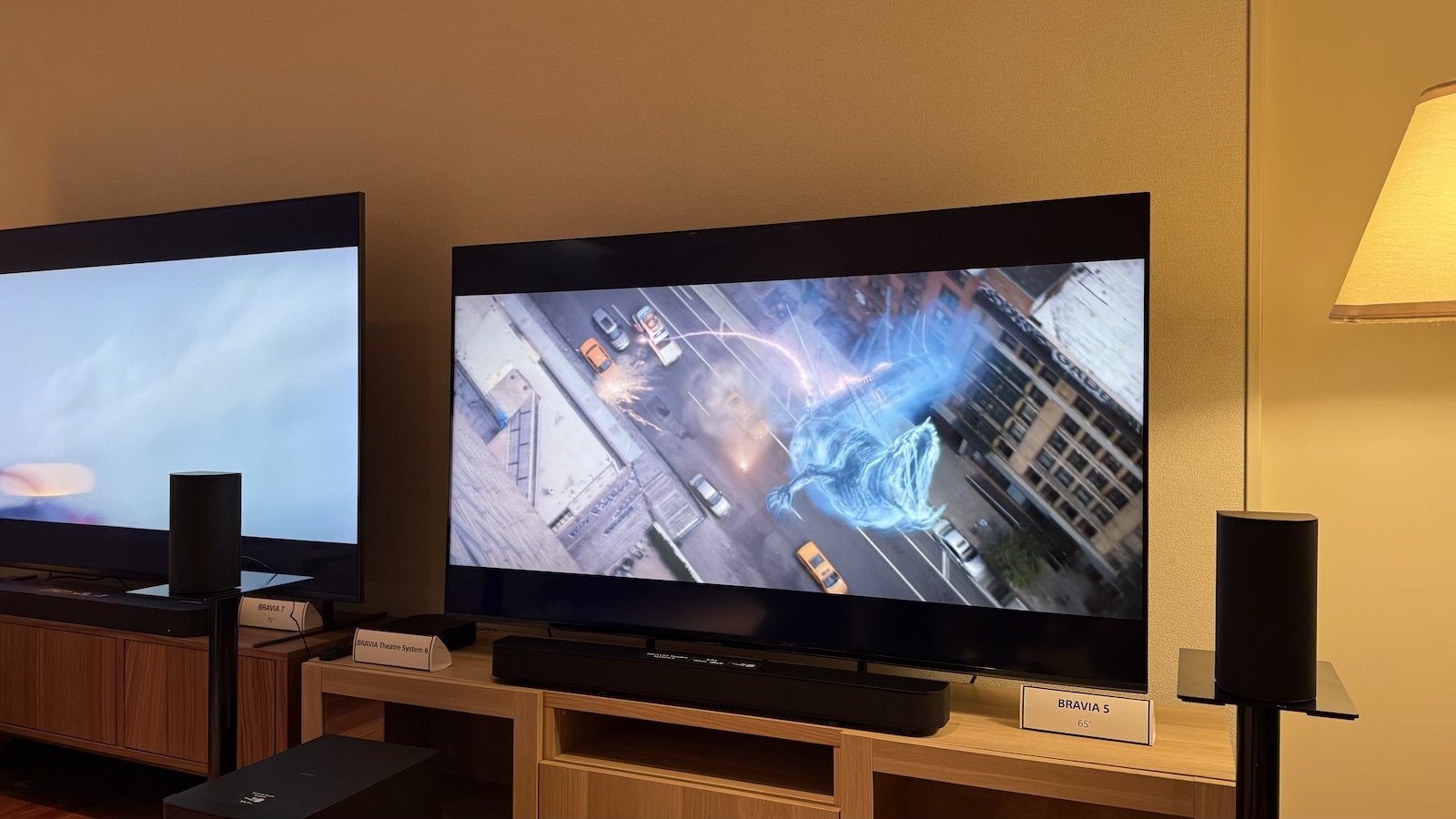
I have already said this twice, but it bears repeating: we never deliver a final verdict on a product based on a demonstration, and we’re not about to change that now.
Only once we have had the Bravia 5 in our test rooms for several days of comparative testing will we establish what we really think of it and deliver a star rating.
At this point, though, it looks like a real contender in the mid-range TV segment. The addition of Sony’s exemplary Mini LED backlighting technology appears to deliver in all areas, potentially making this a compelling combination of cinematic authenticity and outright punch.
I think the big question is how much it will cost. If it’s not cheaper than the X90L was at launch, it will immediately find itself in the same ballpark as several step-down OLED models, including Sony’s own Bravia 8; and I’m not sure any amount of clever Mini LED backlight control could lead to a win there.
Let’s just see how things evolve when the Bravia 5 hits the shops – and our test room – in the coming weeks.
MORE:
Check out our first impressions of the Sony Bravia 8 II QD-OLED TV
And here's Sony's 2025 TV lineup in full
Meanwhile, these are the best TVs you can buy right now
Tom Parsons has been writing about TV, AV and hi-fi products (not to mention plenty of other 'gadgets' and even cars) for over 15 years. He began his career as What Hi-Fi?'s Staff Writer and is now the TV and AV Editor. In between, he worked as Reviews Editor and then Deputy Editor at Stuff, and over the years has had his work featured in publications such as T3, The Telegraph and Louder. He's also appeared on BBC News, BBC World Service, BBC Radio 4 and Sky Swipe. In his spare time Tom is a runner and gamer.
What is a hands on review?
'Hands on reviews' are a journalist's first impressions of a piece of kit based on spending some time with it. It may be just a few moments, or a few hours. The important thing is we have been able to play with it ourselves and can give you some sense of what it's like to use, even if it's only an embryonic view.
You must confirm your public display name before commenting
Please logout and then login again, you will then be prompted to enter your display name.
